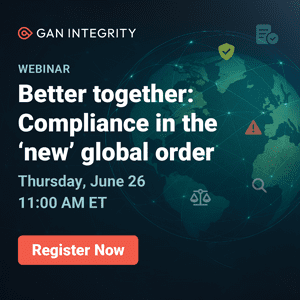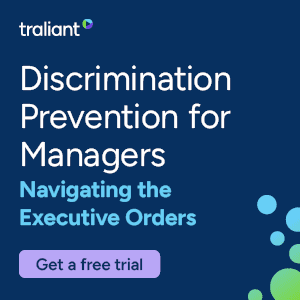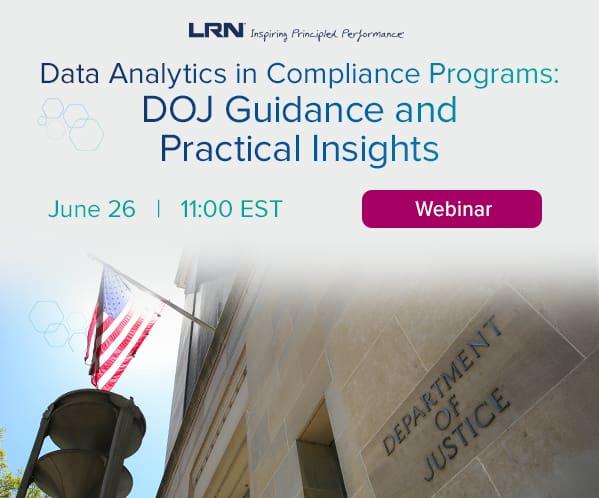Generally speaking, I think internal auditors do a good job of assessing risks and developing risk-based audit plans. But there is always a danger that unfamiliar risks may be overlooked or that rapidly emerging risks will render even the best-crafted audit plans obsolete. If you typically undertake risk assessments only once or twice a year, you may not have incorporated several risks that have suddenly burst onto the radar of management or the Board of your organization.
Here are some areas that should be in our risk crosshairs in 2014:
1. Cybersecurity Frameworks. I know you’ve heard it before: cybersecurity is a huge area of concern, ranking near the top of nearly every list of business risks for about a decade. But the risk levels are higher than ever this year, and because the dangers are growing rapidly, many believe that the National Institute of Standards and Technology (NIST) cybersecurity framework and other similar frameworks will soon become de facto standards for all companies.
Kroll’s Cybersecurity Forecast 2014 points out, “as new laws evolve that reflect the NIST guidelines and look more like the EU privacy directive, some U.S. companies will find themselves ill-prepared to effectively respond to the regulations.” Even where regulatory requirements are not changing, the pressure is on for conformance. According to Kroll, organizations that don’t follow suit may find themselves subject to shareholder lawsuits and other legal issues.
Audit committees understand that cybersecurity systems can fail anywhere, anytime. But if your company has not yet adopted an authoritative, rigorous cybersecurity framework, don’t be surprised if, one day soon, your committee asks why internal audit never recommended a framework. It’s simply a logical step.
2. COSO 2013 Readiness. Even if COSO is status quo at your organization, management still might find itself unprepared for the changes brought by COSO 2013. The core difference between “old COSO” and “new COSO” lies in widening the scope and applicability of the framework. Your management team might be struggling to fully understand the new requirements or important clarifications.
If we truly believe in a partnership with management, we must ensure that the transition to COSO 2013 is seamless. We all know that controls are management’s responsibility, but at many organizations, management relies on internal audit for advice about COSO. So, it’s better to head off a problem than to discover later on that management was not properly prepared.
In its fall 2013 Pulse of the Profession survey, The IIA’s Audit Executive Center noted that 45 percent of CAE respondents have overall responsibility for assessing and reporting on internal control, and 42 percent projected they will have overall responsibility for transition/adoption of the COSO 2013 framework. In addition, 38 percent indicated they would have overall project management responsibility for their organization’s transition/adoption of the COSO 2013 Internal Control–Integrated Framework.
3. Third-Party Risks. As I noted in a recent post, internal auditors should be concerned about third-party risks. The days of a company’s suppliers or partners being well-known and trusted businesses on the same street or town are a distant memory.
For those in highly regulated industries, third-party risks are likely high on the to-do lists. That’s because regulators, such as the Office of Inspector General (OIG), the Office of the Comptroller of the Currency (OCC) and the Federal Financial Institutions Examination Council (FFIEC), are intensifying their focus on these risks. Meanwhile, various other regulatory groups are beginning to expect organizations to proactively identify potential third-party challenges. Your organization may be required to verify not only whether business providers are in compliance with regulations, but also whether suppliers and partners have effective risk management and incident-reporting systems firmly in place.
Not being under a regulatory microscope doesn’t mean a company’s third-party risks are less. Regulators simply may not be pointing out the risks.
Many auditors believe that tackling third-party audits is prohibitively time-consuming. In actuality, even a limited-scope audit can be surprisingly effective. A brief review of contracting procedures can quickly establish whether adequate risk assessment and due diligence are routinely performed in the selection of third parties, whether right-to-audit clauses and other important safeguards are built into standard contract templates, whether ongoing monitoring is performed and whether the Board is kept informed about significant third-party risks.
Keep in mind that management cannot “wash its hands” of risks merely by transferring responsibility outside the company. So, if you haven’t assessed this area recently, it’s probably well worth your time now.
4. Cloud Computing. I mentioned the growing dangers of cybersecurity and third-party risks, but cloud computing deserves special attention because it entails both of those risks – and more. In cloud computing, data is stored and processed via the Internet under the control of a third party. These outside providers face constant pressure to supply instant access to data and to build robust add-on capabilities.
Unfortunately, providing new features, transparency and instant accessibility can conflict with development of a security-rich cloud.
5. Mobile Technology. Of all the risks on this list, mobile technology may be evolving the fastest. And while the convenience afforded by going mobile is great, the risks can be surprisingly high. We tend to think of mobile devices simply as smartphones, but we carry around data in many other ways, on many types of devices, and each creates a set of challenges typically not found in traditional technology systems.
Smartphones and other handheld devices are susceptible to data theft because they rely on wireless networks. But that’s not all. Wireless headphones, microphones and other devices that do not process or store information can bring risks, as well. Even a simple infrared device such as cordless computer keyboard or mouse can be exploited.
I realize these are just a handful of risks based on new technology, how we do business and how we perform our work each day. There are likely many more not yet on my “risk radar.” So, in the interest of improving all of our risk assessments, let me know where else our attention should be focused. I look forward to your comments.













